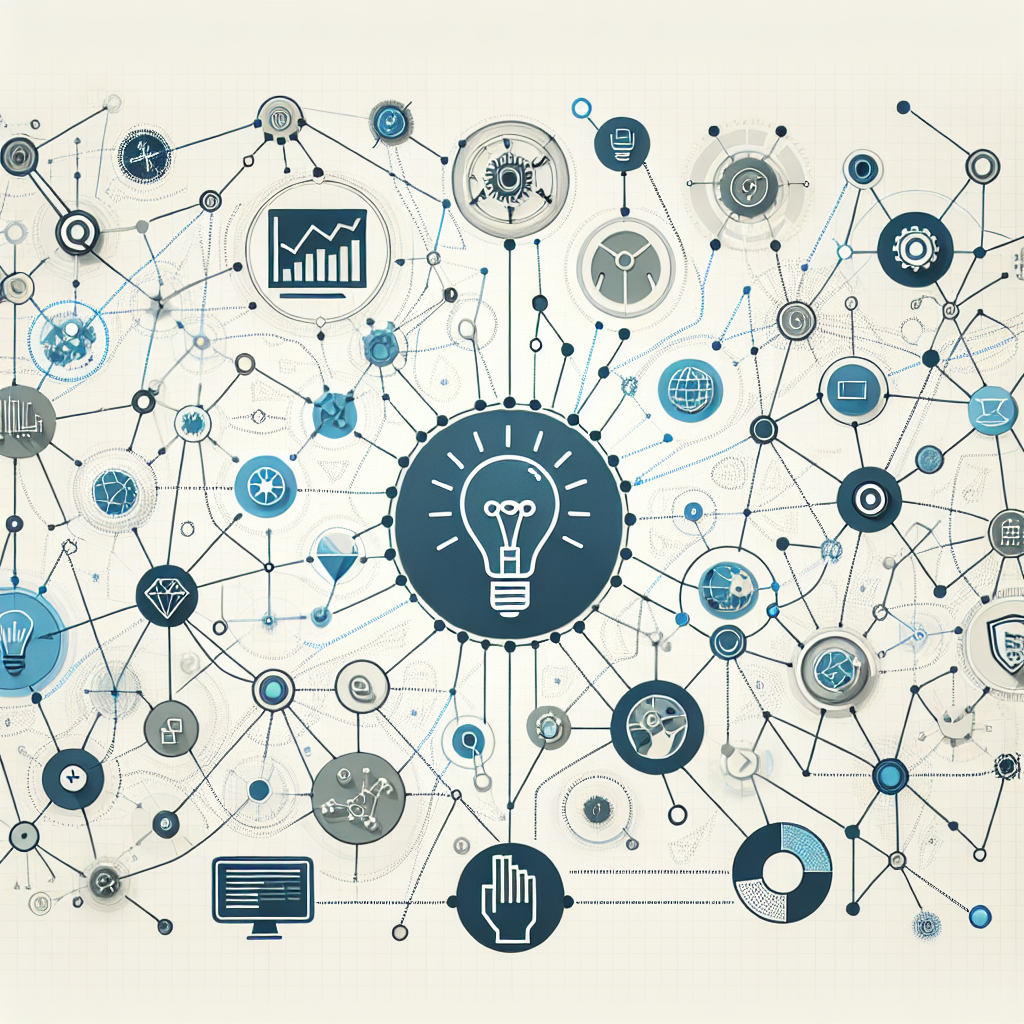In today’s digital age, marketing attribution has become a critical aspect of measuring the effectiveness of marketing campaigns. With the rise of artificial intelligence (AI), marketers now have access to sophisticated AI-powered marketing attribution models that can provide valuable insights into the customer journey and help optimize marketing strategies for better results.
AI-powered marketing attribution models leverage machine learning algorithms to analyze data from various touchpoints across different channels and determine the impact of each touchpoint on the customer’s decision-making process. By attributing conversions to the most influential touchpoints, marketers can better understand the customer journey and allocate resources more effectively.
There are several types of AI-powered marketing attribution models, each with its own strengths and weaknesses. Some of the most common models include:
1. First-Touch Attribution: This model attributes the entire credit for a conversion to the first touchpoint that a customer interacts with. While this model provides insights into how customers initially discover a brand, it may not accurately reflect the full customer journey.
2. Last-Touch Attribution: In contrast to the first-touch model, last-touch attribution assigns all credit for a conversion to the last touchpoint before the conversion. This model is simple and easy to implement but may overlook the influence of other touchpoints in the customer journey.
3. Linear Attribution: This model distributes credit evenly across all touchpoints that a customer interacts with on their journey to conversion. While this model provides a more holistic view of the customer journey, it may not accurately reflect the varying impact of different touchpoints.
4. Time-Decay Attribution: This model gives more credit to touchpoints that are closer in time to the conversion, reflecting the idea that more recent interactions are more influential in the decision-making process. However, this model may undervalue touchpoints that occur earlier in the customer journey.
5. Algorithmic Attribution: This model uses machine learning algorithms to analyze data and determine the most effective touchpoints in driving conversions. By considering a wide range of factors, such as recency, frequency, and channel interactions, algorithmic attribution provides a more accurate and granular view of the customer journey.
AI-powered marketing attribution models offer several benefits for marketers, including:
– Improved Accuracy: AI algorithms can analyze large datasets and identify patterns that human analysts may overlook, providing more accurate and reliable attribution insights.
– Real-Time Insights: AI-powered models can process data in real-time, allowing marketers to make quick decisions and optimize campaigns on the fly.
– Cross-Channel Attribution: AI can analyze data from multiple channels and touchpoints, providing a more comprehensive view of the customer journey across different platforms.
– Predictive Analytics: AI algorithms can predict future trends and behaviors based on historical data, helping marketers anticipate customer needs and preferences.
Despite the benefits of AI-powered marketing attribution models, there are also some challenges and considerations to keep in mind:
– Data Quality: AI algorithms rely on high-quality data to generate accurate insights. Marketers need to ensure that their data is clean, consistent, and properly structured to avoid biased or misleading results.
– Transparency: Some AI algorithms are complex and difficult to interpret, making it challenging for marketers to understand how attribution decisions are made. It’s important to choose models that are transparent and provide clear explanations of their calculations.
– Integration: AI-powered attribution models may require integration with existing marketing technology and data systems. Marketers should consider the compatibility of these models with their current infrastructure and resources.
– Privacy and Compliance: AI algorithms must comply with data protection regulations and privacy laws to ensure the ethical use of customer data. Marketers should prioritize data security and transparency in their attribution practices.
FAQs:
Q: How can AI-powered marketing attribution models help improve ROI?
A: By accurately attributing conversions to the most effective touchpoints, AI-powered models can help marketers identify high-performing channels and optimize their marketing strategies for better ROI.
Q: What are some best practices for implementing AI-powered marketing attribution models?
A: Some best practices include ensuring data quality, choosing transparent and interpretable models, integrating with existing technology, and prioritizing data privacy and compliance.
Q: Can AI-powered marketing attribution models work for small businesses?
A: Yes, AI-powered marketing attribution models can benefit businesses of all sizes by providing valuable insights into the customer journey and helping optimize marketing efforts for improved results.
Q: How can marketers measure the effectiveness of AI-powered attribution models?
A: Marketers can evaluate the performance of AI-powered attribution models by comparing their insights with actual conversion data, conducting A/B testing, and monitoring key performance indicators (KPIs) such as conversion rates and customer acquisition costs.
In conclusion, AI-powered marketing attribution models offer a powerful tool for marketers to gain deeper insights into the customer journey, optimize marketing strategies, and improve ROI. By leveraging the capabilities of AI algorithms, marketers can attribute conversions more accurately, identify high-performing channels, and make data-driven decisions for better results. However, it’s crucial for marketers to consider the challenges and best practices associated with implementing AI-powered attribution models to ensure effective and ethical use of customer data.

